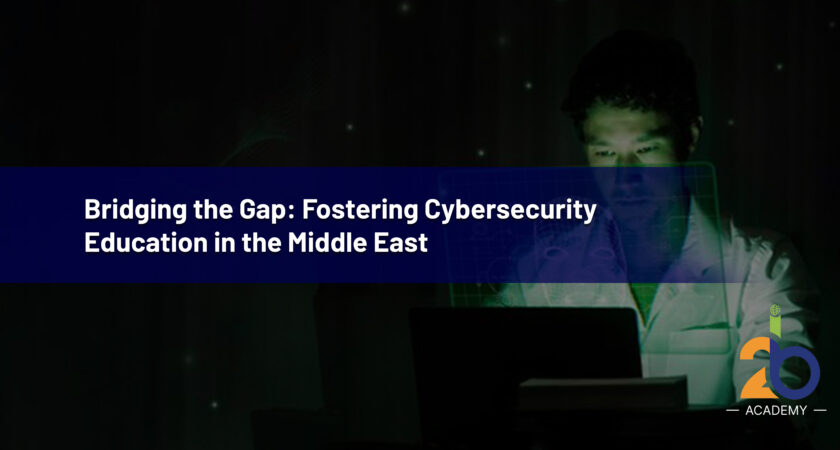Beyond the Headlines: The Vulnerability of Schools
While headlines often focus on cyberattacks targeting governments and financial institutions, the education sector is increasingly becoming a common and growing target. This article delves into this under-reported issue, highlighting the rising threat and the urgent need for action.
Global Rise in Attacks on Educational Institutions
- Worldwide: The education sector globally has witnessed a continuous increase in cyberattacks compared to 2021.
- UK Example: In the UK, a staggering 62% of higher education institutions reported experiencing cyberattacks “at least weekly” in the past year, with 71% facing detrimental consequences such as data or financial losses.
The Middle East: Not Immune to the Threat
High-Profile Case: The Dubai-based GEMS education group, with schools across the UAE and the region, experienced a system-wide attack last year, leading to the deletion of crucial files. Fortunately, police intervention and proactive measures helped mitigate the damage.
Pandemic as a Catalyst: Shift to Online Learning Creates New Vulnerabilities
- Global Trend: The shift to online learning during the COVID-19 pandemic significantly impacted the education sector’s vulnerability.
- Increased Attack Frequency: By mid-2021, educational and research institutions experienced a quarter more cyberattacks per week compared to pre-pandemic levels.
Protecting Our Children and Educational Systems: A Shared Responsibility
- Urgency for Action: The increasing cyber threats towards educational institutions necessitate immediate action to protect our children and secure their learning environments.
- Beyond Reactive Measures: While swift responses to incidents and robust cybersecurity protocols are essential, proactive measures are equally crucial.
- Collective Responsibility: The responsibility for creating a secure environment for our schools lies not only with cybersecurity professionals and educational institutions but also with the broader society.
Building a Comprehensive Framework:
The first part of this article highlighted the increasing vulnerability of the education sector to cyberattacks. This section proposes a three-pronged approach, building upon existing cybersecurity measures:
1. Policy: Dedicated Focus on Education
- Raising Awareness and Implementing Measures: Given the rise in attacks, creating specific policies for the education sector is crucial. This mirrors existing practices in sectors like finance and defense.
- Government Responsibility: Governments should take the lead by developing dedicated policies to protect the education sector and ensure adequate resources and support.
2. Education: Empowering All Stakeholders
- Comprehensive Awareness Campaign: Building awareness is vital for all stakeholders, including policymakers, educators, students, and parents. This requires collaboration between education and cybersecurity professionals.
- Curriculum Integration: Integrating cyber threat awareness and safety practices into school curriculums will equip children with the knowledge and skills to navigate online environments safely. This includes addressing the growing issue of cyberbullying.
- Case in Point: UAE In the UAE, 32% of children have encountered cyberbullying, making it a significant concern. By incorporating practical education on cyber threats and hygiene into curriculums, we can protect children and strengthen school security.
- Constant Upgrading: Continuous education is essential for administrators and decision-makers within the education sector. This ensures the adoption of best practices and fosters a culture of staying informed about evolving cybersecurity threats.
3. Technology: Implementing Robust Solutions
- Dedicated Security Operations Centers (SOCs): Establishing robust and dedicated SOCs specifically for the education sector is crucial to proactively prevent, detect, and respond to cyber threats.
- Accessibility and User-Friendliness: Implementing simplified and localized tools and technologies for students and parents will enhance the adoption and effectiveness of security measures.
Public-Private Partnerships and Collaborative Efforts
- Leveraging Expertise: Public-private partnerships offer significant opportunities to develop and implement best practices across the region. This fosters collaboration and knowledge sharing.
- Localization and Cultural Relevance: Localized programs and resources, like Kaspersky’s Arabic storybooks and activations, are crucial for effective communication and engagement.
- Continuous Engagement: Partnerships and collaborations with local policymakers and institutions are essential to ensure the relevance and effectiveness of implemented programs.
Conclusion:
By adopting a comprehensive framework encompassing policies, education, and technology, and fostering collaborative efforts, we can create a more secure learning environment for our future generations.
information.


